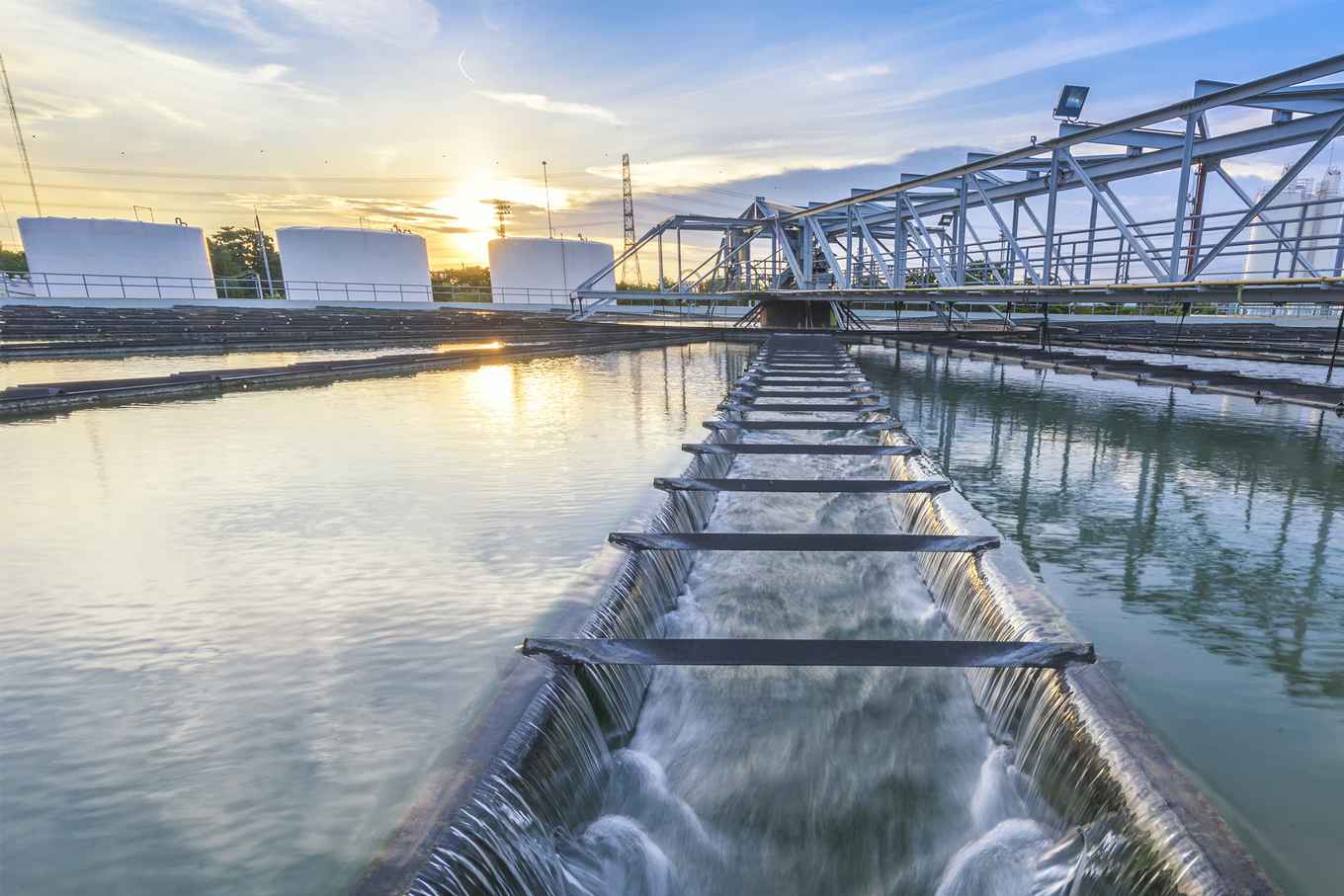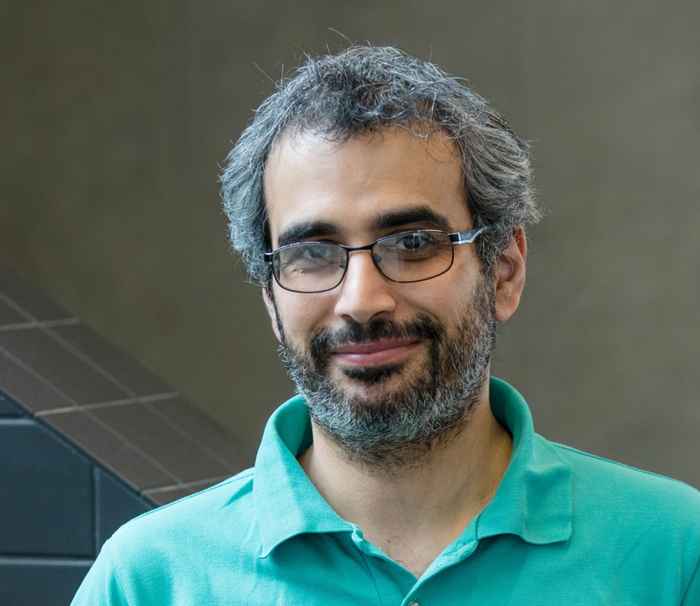Analysis of municipal wastewater as a predictor for population socioeconomics
Using chemistry and advanced data analysis for mapping demography
4 August 2020

Samanipour, who recently joined HIMS, performed the study together with colleagues at the Queensland Alliance for Environmental Health Sciences of the University of Queensland, Australia, where he holds an honorary research fellowship. By coinciding the sampling phase of the study with the 2016 Australian Census, the researchers were able to correlate the socioeconomic characteristics of Australian communities (following from the census) with sewage composition (following from chemical analysis).
The researchers collected samples from more than 100 sewage-treatment plants and analysed these for the occurrence of 'marker' chemicals such as nicotine, caffeine, amphetamine and many more. In total, they looked for 40 chemicals that revealed smoking habits, dietary characteristics and the use of drugs, antidepressants and antipsychotics.
Accurate predictor
The extensive chemical analysis of all samples, combined with advanced data analysis, led to the conclusion that the chemical 'fingerprint' of sewage is a quite accurate predictor of the demographic make-up of the community connected to the sewage plant. The researchers developed a model based on their results and tested this with data from nine sewage plants not included in the initial analysis. For the communities around these plants, they were able to estimate key data on education, occupation, income, social life, housing and more within a 25% error margin. They were able to make quite specific predictions ranging from the number of people that had finished secondary school to the number of single parents and car owners.
The researchers conclude that wastewater analysis can be a valuable technique for assessing population socioeconomics, complementary to the vastly more expensive and logistically challenging method of a census.
Predictive analysis

As an assistant professor at HIMS, Samanipour focuses on the application of advanced statistical tools (including AI and machine learning), signal processing, and high-resolution mass spectrometry (HRMS) for the analysis of complex samples from different sources (from environmental to biological).
Analysis of wastewater gives exclusive access to chemical exposure, consumption habits, and the health status of a population. Samanipour will take advantage of this information-rich matrix (i.e. wastewater) in combination with computational mass spectrometry and advanced statistics to identify novel biomarkers associated with specific health disorders. These efforts are part of several ongoing projects with the University of Queensland (AU) and will be expanded and applied to Dutch cases through future collaborations with the Institute for Biodiversity and Ecosystem Dynamics (IBED, UvA) and the KWR water research institute (Nieuwegein).
Paper:
Phil M. Choi, Jake W. O’Brien, Ben J. Tscharke, Jochen F. Mueller, Kevin V. Thomas, and Saer Samanipour: Population Socioeconomics Predicted Using Wastewater. Environ. Sci. Technol. Lett. 2020, published online 26 June. DOI: 10.1021/acs.estlett.0c00392
Article in The Economist:
The Economist, 18 July 2020: Analysing waste water may assist census takers.